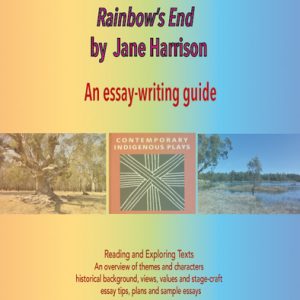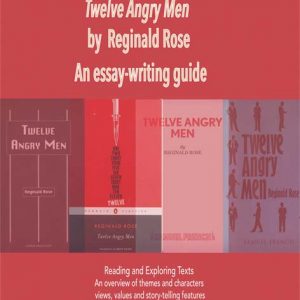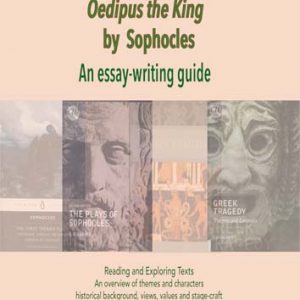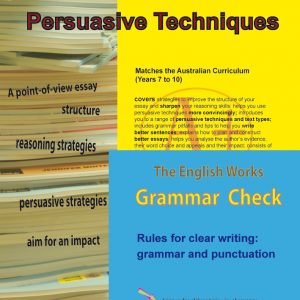When quoting (24th May)
You must weave at least four to six quotes throughout every paragraph as evidence of the author’s views, values, word choices and techniques/intentions. You must analyse and explain the significance of the quote. Do not simply string a list of quotes together, such as ‘Ms Styles draws attention to a “pandora’s box with many unanswered questions and disturbing possibilities” which might be the “first step towards replacing teachers”.’ This sentence tends to repeat and summarise.
Polished quoting enhances your marks.
Here are some tips:
- You might quote single/isolated words. You can incorporate these quotes into your sentence.
- Owing to his valiant efforts to oust Mr Jones, Snowball is awarded the military decoration of “Animal Hero First Class”.
2. You must place the quote in its analytical context.
- The author provides an emotive image of horses that are “dumped roughly into their death pits”.
- To challenge the support of racing enthusiasts, Mr Moss provides a disturbing image of horses that are abused and tortured as they are “dumped into their death pits”.
- The metaphoric reference to “fake code” highlights the lack of a solution and encourages public health officials to implement a circuit-breaker.
3. Sometimes you will quote several words/phrases or a longer phrase.
- In the fabricated version, Squealer informs the animals that Snowball was a traitor and during a “critical moment of the battle” he gave the signal to “leave the field to the enemy”.
4. When quoting a longer phrase, it is often preferable to build the sentence around the quote. Watch your grammar.
- By describing their ‘unimaginably inhumane deaths’, the author elicits sympathy for the method in which the ducks are “despatched”.
5. If you are using brackets and re-adjusting the grammar of an author’s phrase, then you are not building your sentence around the quote. (This will be a problem when quoting Shakespeare.) Often it is better to rework your sentence.
- By stating that ‘[buyers] won’t need to go rummaging through [their] bags for coins’, the author accentuates the use of cashless payment.
6. Write a sentence to suit the quotes, ensuring that they fit into the grammar of your sentence.
- Clumsy quoting: Dr Krisanski is critical of parents who “give children their own way with everything” and become “narcissistic” and “despondent” because of a “lack of resilience and life skills” in order to alarm parents.
- Write the sentence to fit the quote: Dr Krisanksi uses antithesis (contrasts) to suggest that “common sense” is very “uncommon” among many parents who do not realise that if children have “their own way with everything” they will become “narcissistic”.
7. Quotes: using dashes and embedded clauses
A dash, normally used to introduce additional information or an explanation, is useful when quoting or providing an example of the “technique”. Do not overuse the dash, but it’s a very useful method of quoting and of achieving more in one sentence.
- Using dashes is a sophisticated way to quote. Often, you will not need to readjust the syntax.
- “The fact that the pills are “brewed in kitchen sinks”, consist of “cheap toxins” and then sold at inflated prices — “higher than the cost of production” — gives an image of ruthless and greedy manufacturers.
- The author depicts the incredibly violent way in which ducks are killed – “ducks are picked up by the head and their bodies swung in circles” – to shame those who condone the shooting of ducks.
- The editor also quotes a figure — “seven million animals” — to draw attention to the magnitude of the live-animal trade.
- The image of children growing up in a distrustful environment — “the discourse of fear is changing the education environment” — is bound to alarm many parents who are worried about a punitive approach to phone management in schools.




